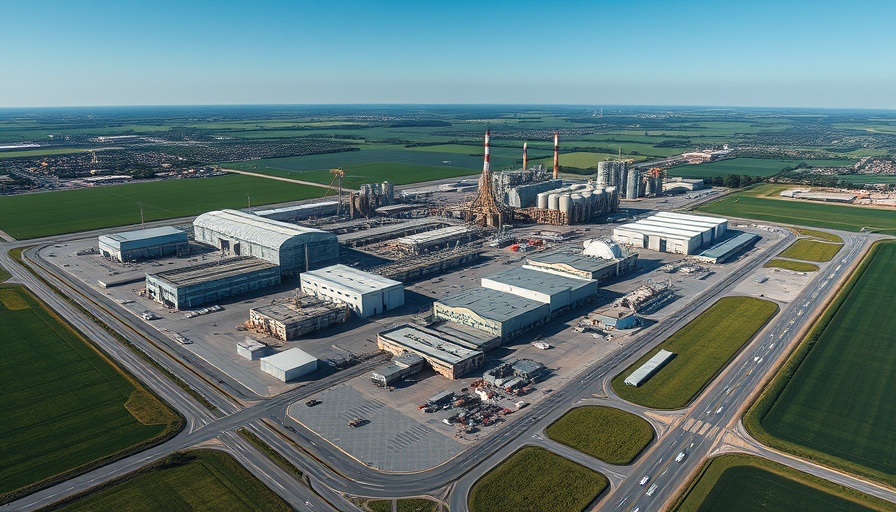
Navigating Economic Challenges: How Building Product Manufacturers Can Thrive
In a fluctuating economy, building product manufacturers face numerous challenges that can impact stability and growth. As competition intensifies and consumer preferences evolve, it becomes essential for businesses to adopt proactive strategies. Here are some proactive measures manufacturers can implement to maintain stability and ensure a resilient business model.
1. Diversify Product Offerings
Diversification is key in mitigating risks associated with market fluctuations. By expanding product lines to include sustainable and innovative materials, manufacturers can reach a broader customer base. For example, companies that integrate eco-friendly materials into their offerings not only attract environmentally conscious consumers but also respond to a growing trend toward sustainability in construction. This strategic shift can enhance market stability by tapping into new revenue streams.
2. Leverage Technology for Efficiency
Embracing technology can significantly enhance operational efficiency and reduce costs. Manufacturers can utilize advanced construction technologies like Building Information Modeling (BIM) and AI-based analytics for accurate forecasting and inventory management. By optimizing supply chains and streamlining production processes, businesses can react swiftly to changes in demand without compromising quality.
3. Strengthen Supply Chain Relationships
In an unpredictable economy, the strength of supply chain partnerships is paramount. Building solid relationships with suppliers and distributors can enhance resilience. For instance, companies that regularly communicate with their supply chains can anticipate delays and price increases, allowing them to adjust strategies proactively. Investing in collaborative platforms facilitates transparent communication, preventing disruptions and fostering trust.
4. Invest in Employee Development
The workforce is a business’s most valuable asset. Continuous employee training not only uplifts morale but also enhances productivity and innovation within the organization. By offering development programs that focus on the latest industry trends and technologies, manufacturers can cultivate a skilled workforce capable of adapting to changes, ultimately leading to improved business performance.
5. Focus on Customer Relationships
Maintaining strong relationships with customers is vital during economic downturns. Building product manufacturers should engage with clients to understand their evolving needs, providing tailored solutions that resonate with their goals. Implementing feedback systems and regularly checking in with clients can lead to improved customer satisfaction and loyalty, making it easier to weather economic shifts.
As building product manufacturers navigate through today’s economic landscape, adopting these strategies can enhance stability and long-term success. The key is to remain flexible and responsive to both market changes and customer demands.
Business owners, property developers, and facility managers must consider these insights to strengthen their position in the construction industry. By prioritizing diversification, technology, and relationships, they can better prepare for future uncertainties.
Final Thoughts
As the landscape of construction continues to evolve, understanding and implementing strategies for stability is essential for success. Don't wait for the next economic challenge; take the initiative today to invest in your manufacturing processes and relationships both within and outside your organization. Your business’s longevity depends on it.
 Add Row
Add Row  Add
Add 




Write A Comment